The housing situation in many Iranian cities, both inner city and on the margins, is becoming more insecure by the day. Building safety standards have fallen; engineering experts believe that in the past five decades the useful life of buildings in Iran has fallen from an average of 32 years to 26. The collapse of the 10-storey Metropol tower in Abadan is just the latest manifestation of this crisis.
Iran's border areas are among the most politically sensitive, and therefore under-resourced, in the country. Khuzestan is no exception; its cities have still bear the infrastructural scars of the 1980s Iran-Iraq war and lack the facility to respond to a real crisis. Abadan is one of these. The city borders Iraq and the Persian Gulf, is unique demographically, and faces both socio-political and ecological challenges that make it vulnerable to tensions large and small.
What Abadan Was
From the 1910s onward, the city of Abadan was shaped by the oil industry, characterized by urban development and class divisions. Under the Pahlavi dynasty, which ruled Iran from 1925 to 1979, Abadan transformed from a rural, under-served peninsula into a modern city.
But the story of Abadan was more than a mere reflection of the oil industry. Pre-revolutionary Abadan as remembered by locals, especially during the 1960s and the 1970s, is a place of booming business, trade and agriculture, cafés and clubs, good public transport, electricity and water, and other amenities that many more cities in Iran envied.
Then the 1979 Islamic Revolution, the eight-year Iran-Iraq war and most importantly, the dismissive and security-driven treatment of the city by the new ruling clergy, who saw the oil-rich province of Khuzestan as a disposable source of income, turned off the engine of progress. This was true not only of Abadan but many other urban centers as well. After 44 years, insecurity, under-investment and injustice are the main legacy of that upheaval in western Iran.
What Abadan Is
Today, like many other border cities, Abadan suffers from uneven local, regional and national development. According to a large number of academic and scientific studies, the uneven distribution of services in Abadan has led to class tensions in the city. The central neighborhoods around the refineries are generally better off, while the most deprived households are on the city's eastern margins.
According to official statistics, Abadan is home to more than 101,000 households. An estimated 33.3 percent are in the bottom three income deciles, compared to a national average of 29.7 percent, and just 5.2 percent of Abadan families have at least one member in state employment, compared to 19.1 percent across Iran.
More than 39.6 percent of households in the city do not have a fixed monthly income. And official statistics state that 12.75 percent of Abadan households are assisted by the Welfare Organization and Imam Khomeini Relief Foundation, while 26.4 percent are living below the absolute poverty line, compared to 22.9 percent across Iran.
Pre-revolutionary Abadan was the envy of many other Iranian cities. Now, there can be little doubt that without meaningful change and in the present climate, these figures are not going to change for the better in years to come.
visit the accountability section
In this section of Iran Wire, you can contact the officials and launch your campaign for various problems




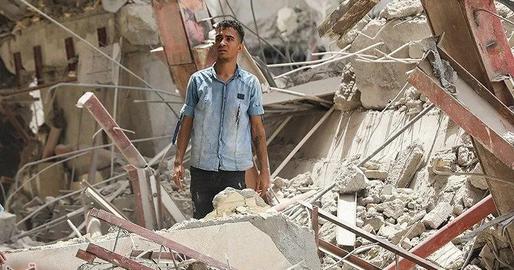
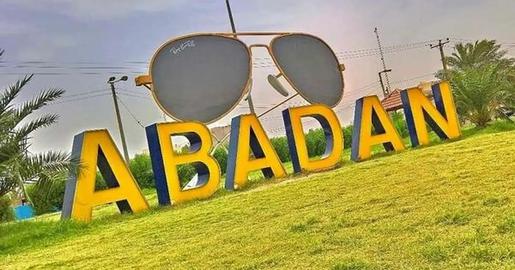
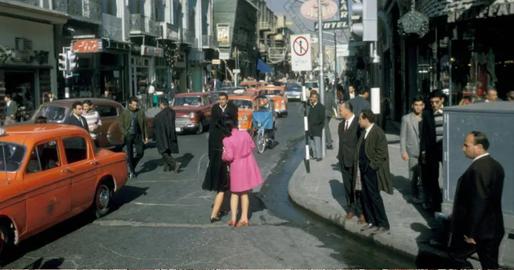

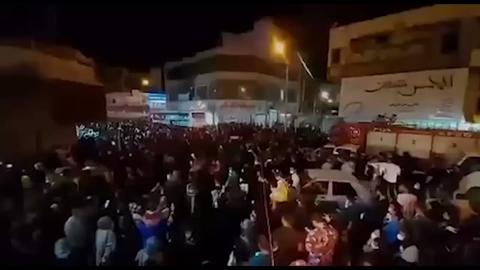
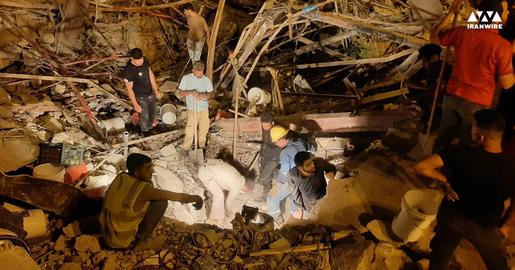
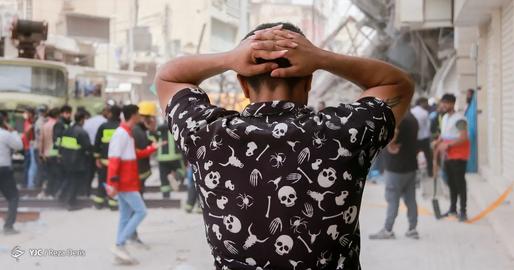



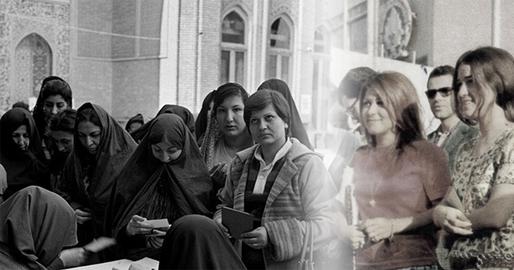

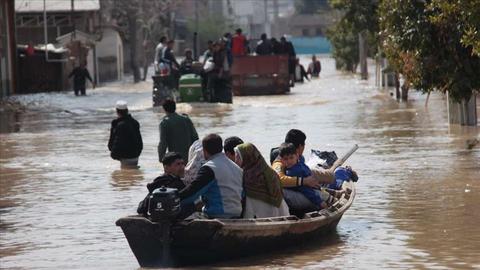




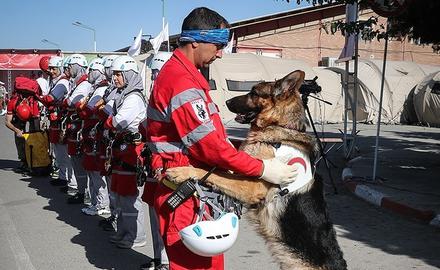
comments